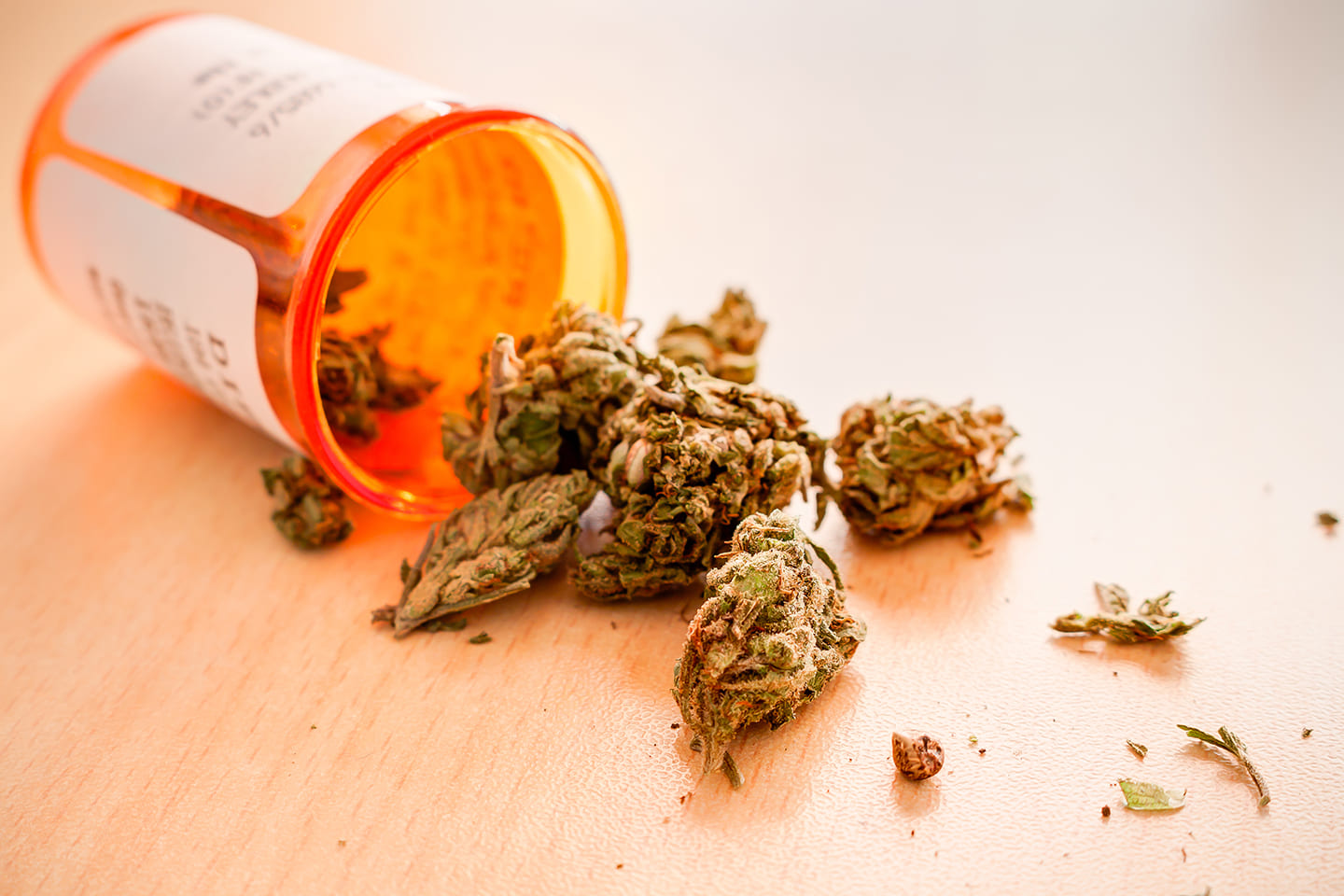Medical Cannabis includes a variety of products containing one or more components from the Cannabis genus of plants. These substances (including both psychoactive and non-psychoactive) are used for medical and therapeutic applications often initiated and supervised by licensed healthcare providers such as physicians and/or pharmacists. Products are available in a variety of formulations, including solid and liquid oral formulations (tablets, capsules, oils), vaporized formulations for inhalation (vaporization oils) or topical application.
Cannabis is a Schedule I Controlled Substance on a Federal level by the US Food and Drug Administration (US FDA). However, many states have passed laws permitting its use. State regulations regarding patient access, available product formulations and Adverse Event (AE) reporting vary widely.
State-based regulations vary regarding patient access to products, available product formulations and Adverse Event (AE) reporting. Although medical cannabis does not come under the jurisdiction of the FDA in those states where it is legal, some of those states require Adverse Event management systems to include the use of a Title 21 CFR Part 11–compliant database to capture and maintain AE case details to insure adherence to database integrity standards.






